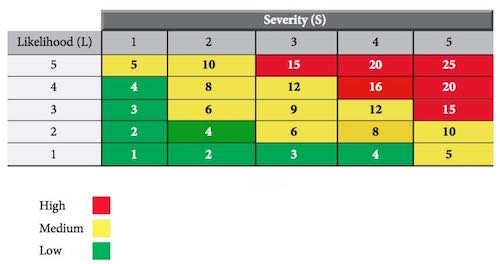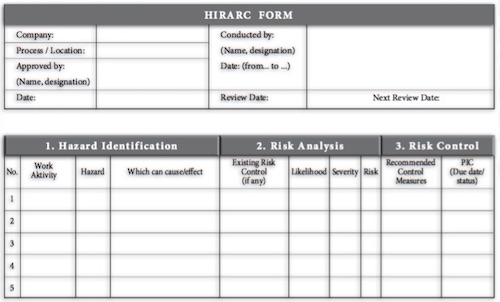Working with Hazardous Materials - Some industrial or laboratory environments require the use of certain hazardous substances in accordance of their work.
To protect workers, the workplace and any visitor for this business, there are a few things needed to protect them. Improper attention given to such workplaces will lead to employee may be at risk of illness or death.
To protect workers, the workplace and any visitor for this business, there are a few things needed to protect them. Improper attention given to such workplaces will lead to employee may be at risk of illness or death.
Hazard / Risk:
- Burns, itching & blind through 'absorption', for example, skin & splash into eyes.
- Nausea, headaches and breathing through.
- Damage to internal organs through ingested, eg swallowed.
General prevention
- Avoid direct contact with chemicals - eg. Can cause 'skin disease', burns, cancer
- Avoid breathing fumes - may contain dangerous substances eg. Benzene (Gasoline), H2S (Bitumen), detergent washing.
- Avoid breathing fumes - may contain dangerous substances eg. Benzene (Gasoline), H2S (Bitumen), detergent washing.
- Understand the chemical content and read the Material Safety Data Sheet (CSDS) carefully.
- Use appropriate personal protective equipment (eg. Gloves, respirator full / half face, arm length)
- Do not eat while handling chemicals.
- Prolonged exposure to chemical vapours can cause health problems and can lead to death.
Tips
- Avoid inhaling chemicals.
- Wrapping the wound immediately.
- Wash hands after handling chemicals.
- Good ventilation.
- Do not mix chemicals carelessly.
Safety features at such workplace must have safety signs indicating that hazardous materials are present. This serves as a warning and immediately to the employees involved to wear and use any equipment or protective clothing.
Hazardous chemicals and gases must have diamond warning signs, stating what chemicals are present that may be important to know whether the person involved in the accident and emergency services need to know what they were exposed to.
Hazardous chemicals and gases must have diamond warning signs, stating what chemicals are present that may be important to know whether the person involved in the accident and emergency services need to know what they were exposed to.
It is important to ensure that the work is equipped for all the issues of health and safety as a fire extinguisher and first aid kit that can be used when necessary.














